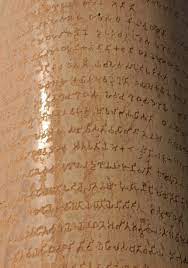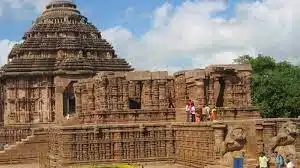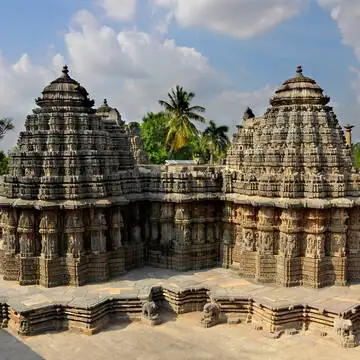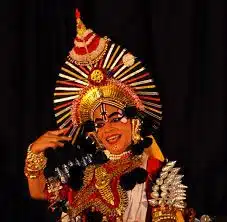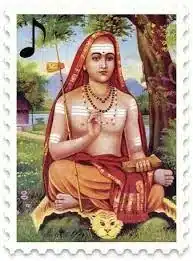Famous Universities of Ancient India
Nalanda:
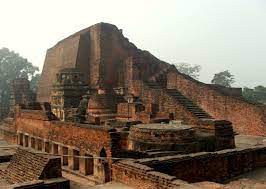
- The most renowned university of South Asia.
- It was in existence during Gupta period. It gained prominence under Harshavardhana’s reign and Pala kings.
- All three Buddhist doctrines were taught here, however, it was a major site for Mahayana Buddhist teachings.
- Subjects like Vedas, fine arts, grammar, philosophy, logic, medicine, etc. were also taught here.
- It had eight separate compounds and even had dormitories for students.
- It attracted scholars from Central Asia, South-East Asia and other parts of the world.
- The teachings in the university deeply influenced Tibetan Buddhism.
- Famous scholars of Nalanda are Nagarjuna (Madhyamika Shunyavad) and Aryabhatta the astronomer.
- Hsuan Tsang spent two years at the university. Another Chinese scholar I-Tsing, spent 10 years at Nalanda in late 7th century.
Odantapuri:
- It is located in Bihar and was made under the patronage of Pala Dynasty King Gopala I.
- It was a Buddhist mahavihara which was destroyed by Bakhtiyar Khilji.
Vikramshila:
- It is located in present-day Bhagalpur district of Bihar.
- It was established by King Dharampala of Pala Dynasty, primarily as a Buddhist learning centre.
- The scholars were invited by kings outside India to spread Buddhist teachings.
- The Vajrayana sect of Buddhism flourished here and Tantric teachings were taught. Other subjects like logic, Vedas, astronomy, urban development, law, grammar, philosophy, etc. were also taught.
Jaggadala:
- A centre of learning for the Vajrayana sect of Buddhism, in Bengal. Many scholars took shelter here after Nalanda and Vikramshila declined.
- It was probably established by King Ramapala of Pala dynasty.
Valabhi:
- It is situated in Saurashtra, Gujarat.
- It was an important centre of learning for the Hinayana Buddhism.
- Various disciplines like administration and statecraft, laws, philosophy, etc. were taught here.
- It was visited by the Chinese scholar, Hseun Tsang.
- It was supported by the grants of rulers of Maitraka Dynasty of Gujarat.
Takshashila:
- It is located in modern-day Pakistan. It is estimated to exist around 5th century BC.
- It is believed that Chanakya composed the Arthashastra at this place.
- Both Buddhist and Hindu theologies were taught here. Subjects like political science, hunting, medicine, law, military tactics were taught here.
- Noted teachers and students from Takshashila include Chanakya, Charak, Panini, Jivaka, Prasenajit, etc.
Kancheepuram:
- It was a centre of learning for Hinduism, Jainism and Buddhism from 1st century AD and achieved great name under the rule of Pallavas.
Manyakheta:
- Now called Malkhed (Karnataka), it rose to prominence under the Rashtrakuta rule.
- Scholars of Jainism, Buddhism and Hinduism studied here.
- It has a ‘matha’ of Dvaita school of thought.
Pushpagiri Vihara and Lalitagiri (Odisha):
- It was established by Kalinga kings around 3rd century AD near the Udayagiri hills.
- It was mainly a Buddhist learning centre.
Sharada Peeth:
- It is located in present-day Pakistan-occupied- Kashmir.
- It was an important place for the Sanskrit scholars and many important texts were written here.
- It also has a Sharda Devi temple.
Nagarjunakonda:
- It is situated 160 km from Amaravathi in Andhra Pradesh and it was a major Buddhist centre with scholars from Sri Lanka, China, etc. coming for higher-education.
- It had many Viharas, Stupas, etc.
- It was named after Nagarjuna, a South Indian scholar of Mahayana Buddhism.
Also refer :
- Download the pdf of Important MCQs From the History Of Ancient India
- List Of Important Inscriptions In India
- बिहार आर्थिक सर्वेक्षण रिपोर्ट : 2020-21.

